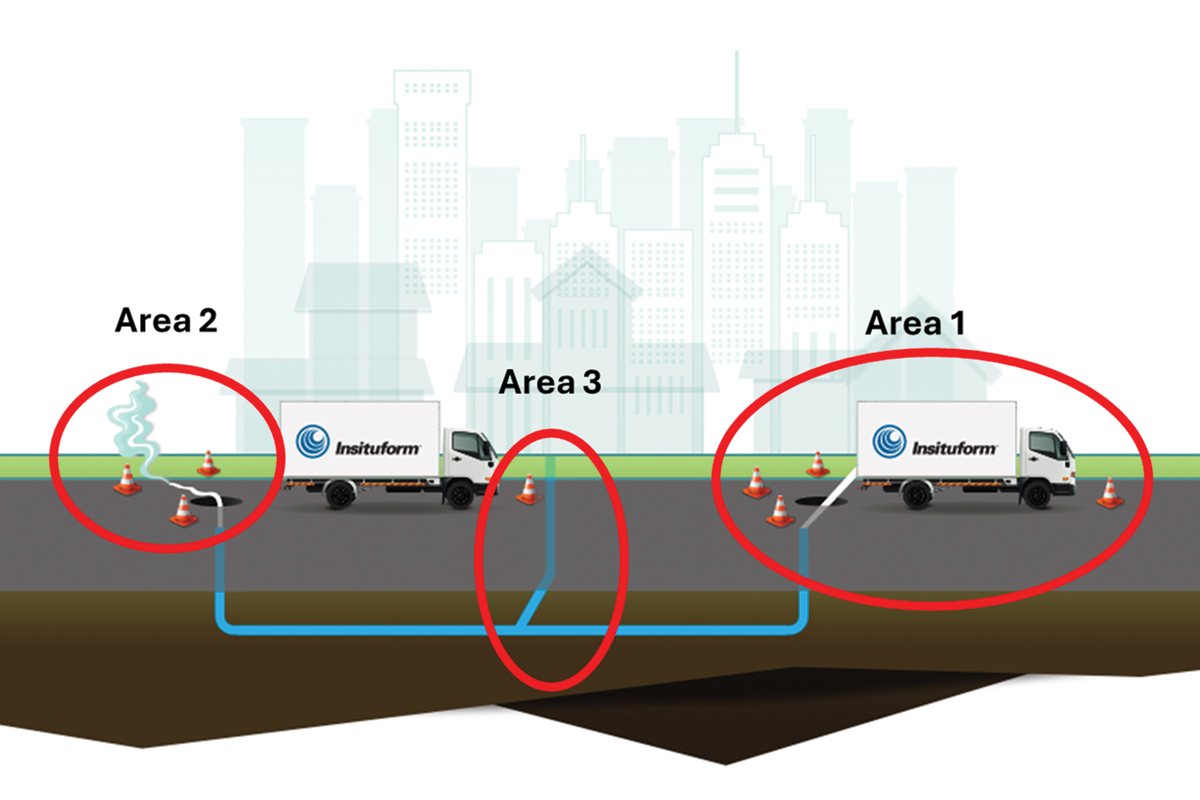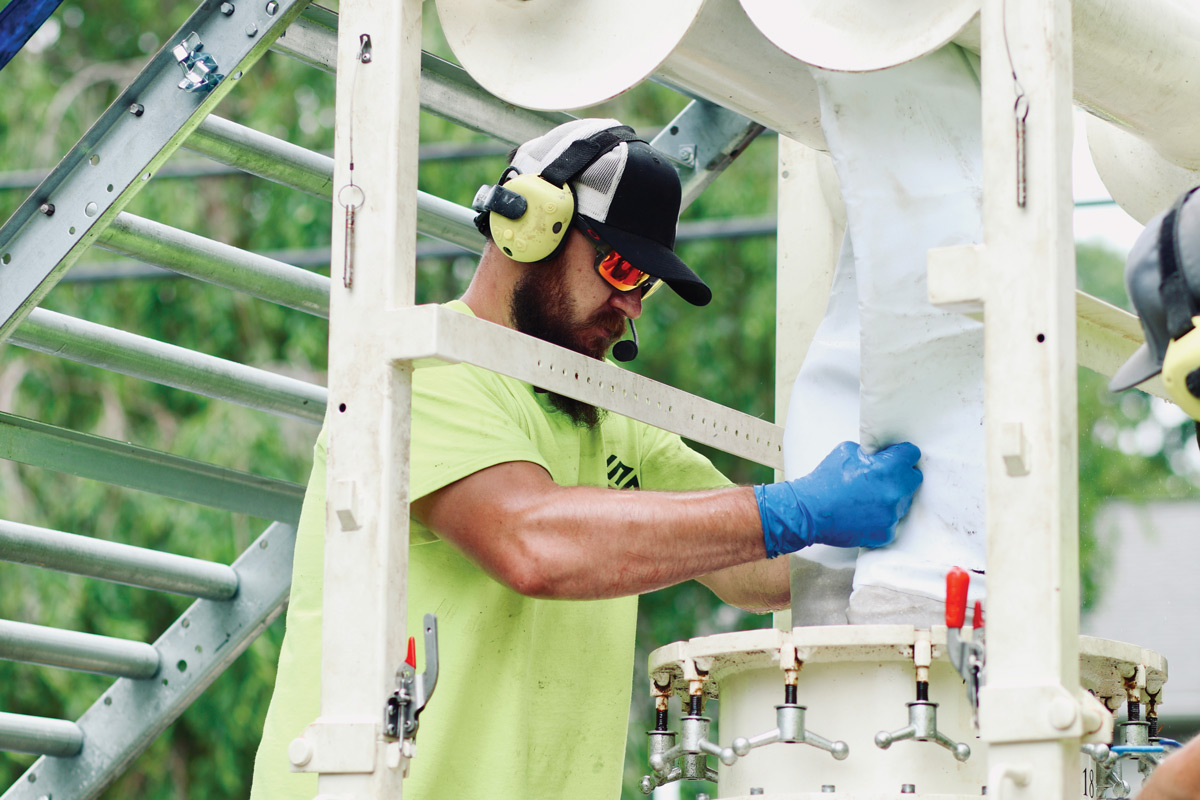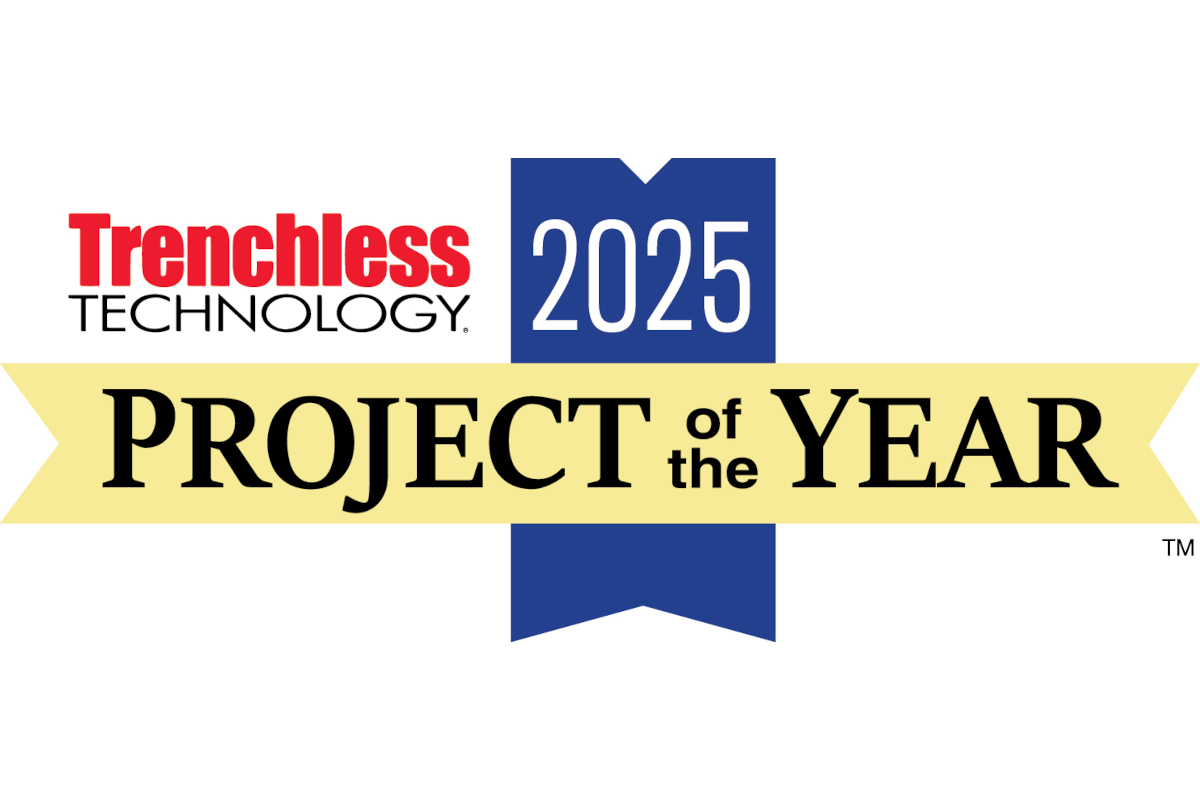
How to Prioritize Trenchless Pipeline Rehabilitation Projects
We’ve all heard the story before…the single most important issue facing North American municipalities is the renewal or replacement of aging water, wastewater and stormwater infrastructure.
According to recent estimates, more than $600 billion is required to rehabilitate failing infrastructure within the next five years. Many municipalities have gone through the masterplanning process and completed inspections and condition assessment of their systems. Now, they have loads of information on hand and find it’s time to sift through the data, reports, and recommendations.
RELATED: Women in Engineering – Jennifer Glynn, P.E.
Where to Begin
With so many projects to complete and a limited budget to do so, how does a municipality decide how to prioritize its trenchless pipeline rehabilitation projects?
It doesn’t have to be a daunting task. With an understanding of the trenchless rehabilitation marketplace, established municipality-specific goals, and some common sense, choosing how to prioritize rehabilitation projects can be a straightforward process.
The first step in prioritizing rehabilitation projects is to look at the results of a system’s condition assessment and develop an initial project prioritization list based solely on remaining useful life of each asset. This is tied to a likelihood of failure (LOF)analysis.
It certainly stands to reason that those pipe segments deemed to be the most structurally compromised should be rehabilitated first. However, what happens when most of a system is structurally deficient, as seems to be the case for a lot of cities and town throughout North America? How does one break the compromised portions of a given system into projects and prioritize them for design and bid?
Once asset condition has been established and an initial prioritization list based on structural integrity of the system has been completed, the next step is to consider the trenchless rehabilitation marketplace and what rehabilitation method(s) are appropriate for each pipe segment identified as structurally deficient.
In this step in the process, key criteria will be considered to assess different rehabilitation alternatives and generate rehabilitation recommendations for each pipe segment within the impacted portion of the system.
These criteria include:
- Hydraulic requirements (i.e., Can you stand to lose some hydraulic capacity with a lining system? If so, what is the maximum liner thickness allowed?)
- Number of available contractors
- Schedule restrictions
- Construction footprint and access requirements
- Cost
- Setting Goals
Now that recommended rehabilitation methods have been determined, the next step is to group the pipe segments into projects based on the specific goals for your municipality.
Goals may include:
- Staying within allocated budgetary spending
- Completing a certain number of miles of pipe rehabilitation per year
- Meeting important stakeholder wants/needs
- Limiting or sectoring disruption to commercial and residential entities within your jurisdiction
- Being a good environmental steward
- Limiting the number and/or type of permits required
- Complying with any agency consent decrees
- Staying within treatment capacity limits (i.e. reduce infiltration/inflow into your sanitary sewer system)
- Or all the above
These goals generally tie into a pipeline’s consequence of failure (COF). Once an inventory of goals has been established, it is then necessary to weigh those goals by importance. Those goals with a higher importance to the municipality will receive a higher weight. This will be the lens through which pipe segments will be grouped to establish projects and update the initial prioritization list.
RELATED: CIPP – Discussing the Current Market and Its Future
The Final List
After the updated rehabilitation prioritization list has been constructed, the next step is to apply good old fashioned common sense to develop a final project prioritization list. Some questions you may want to ask yourself in this part of the vetting process include:
- Are these projects grouped to limit disruption to a specific area only once?
If I end one project and begin a second within the same residential easement, then I am impacting that homeowner twice on two different projects. Perhaps that is better avoided by combining them into a single project within the easement.
Perhaps it makes sense to group all the pipe segments in a busy road together as one project, so you only set up traffic control in that area once?
Or perhaps you want to complete all the pipe segments in an environmentally sensitive area so that you don’t have to acquire permits twice if there is project overlap when in the environmental area.
- Does the current project grouping work in conjunction with a bypass pumping plan?
It often makes sense to have contiguous pipe segments in one project so that you only require one bypass pumping set up to complete rehabilitation of that project.
Would I get a better price creating a bigger project to take advantage of economy of scale?
Contractors will often give a better per foot rehabilitation cost for a much larger project if a municipality has the budget to approve a large project.
- Are the projects on the initial prioritization list grouped by rehabilitation technology?
Sometimes it makes sense to group all the CIPP segments together on one project and all the pipe bursting segments together on a separate project, so you are not having to deal with two different contractor specialties on the same project.
- Are the projects grouped by pipe size?
This is especially true if you have a wide range of pipe diameters that require rehabilitation. There is often a different pool of contractors who will bid on a small diameter versus large diameter rehabilitation project.
Keep in mind that project prioritization is an iterative process that should be “gut checked” and updated based on input of decisionmakers within your organization. The initial prioritization list if often not the best approach but is instead a starting point that should be revisited based on your municipalities budget and project goals.
The criteria are often intertwined with one another and there is never a clear-cut answer. However, with an understanding of your trenchless rehabilitation options and your organization’s goals tempered with some good old common sense, it doesn’t have to be an overwhelming and laborious process.
Jennifer Glynn, P.E. is senior technical practice leader for Woodard & Curran out of its Sacramento, California office.




